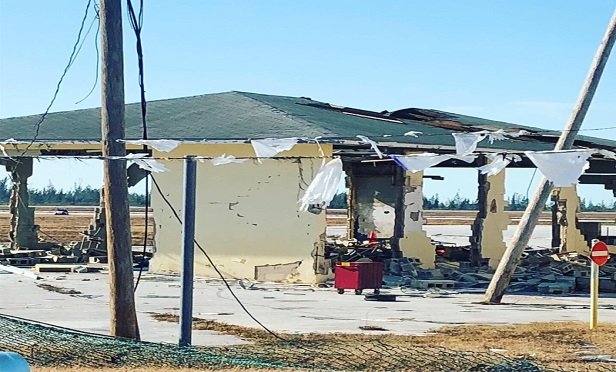 Losses in the Bahamas following Hurricane Dorian include commercial property, residential property and business interruption claims. (Photo: Crawford & Co.)
Losses in the Bahamas following Hurricane Dorian include commercial property, residential property and business interruption claims. (Photo: Crawford & Co.)
Over three weeks after the Bahamas was struck by one of the most powerful and devastating storms in its history, the full extent of the catastrophic damage caused by Hurricane Dorian is now clear, with Crawford's President, U.S. Claims Solutions stating it will take years to rebuild.
Recommended For You
Want to continue reading?
Become a Free PropertyCasualty360 Digital Reader
Your access to unlimited PropertyCasualty360 content isn’t changing.
Once you are an ALM digital member, you’ll receive:
- Breaking insurance news and analysis, on-site and via our newsletters and custom alerts
- Weekly Insurance Speak podcast featuring exclusive interviews with industry leaders
- Educational webcasts, white papers, and ebooks from industry thought leaders
- Critical converage of the employee benefits and financial advisory markets on our other ALM sites, BenefitsPRO and ThinkAdvisor
Already have an account? Sign In Now
© Touchpoint Markets, All Rights Reserved. Request academic re-use from www.copyright.com. All other uses, submit a request to [email protected]. For more inforrmation visit Asset & Logo Licensing.







